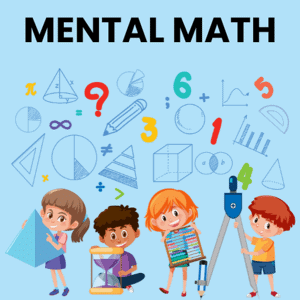The Modern Periodic Table - Year 7 PDF Download
Introduction
- The modern periodic table organizes elements, which are pure substances made of only one type of atom, into a unique reference arrangement.
- Metals are positioned on the left side of the periodic table, while non-metals are situated on the right.
- Elements on the periodic table are arranged in rows known as periods and columns referred to as groups, aiding in the precise location of any element.
The periodic table
In the modern periodic table:
- The elements are arranged in order of increasing atomic number.
- The horizontal rows are called periods. Elements in a period are in the same horizontal row going across in the periodic table.
- The vertical columns are called groups. Elements in a group are in the same vertical column going down in the periodic table. They have similar properties.
Each square in the table contains an element symbol of one or two letters, not the element name. This makes it less cluttered and easier to find the elements.

- The symbol for each element always begins with a capital letter followed by lowercase letters. For instance, helium is represented as He.
- Some element symbols are straightforward, like oxygen (O), while others are more intricate, such as iron (Fe), derived from the Latin word "ferrum" for iron.
The Arrangement of the Periodic Table
Metals are situated on the left and middle of the periodic table, while non-metals occupy the right side, separated by a zig-zag line.

Hydrogen (H) is often displayed separately on the periodic table despite being classified as a non-metal due to its unique characteristics.
 |
Download the notes
The Modern Periodic Table
|
Download as PDF |
Groups and Periods
The arrangement of elements on the periodic table involves reading across rows and columns to understand their properties.
- Periods: Rows on the periodic table are known as periods, extending from left to right. Each period includes specific elements. For instance, the third period encompasses elements from sodium (Na) to argon (Ar).
- Groups: Columns on the periodic table are referred to as groups and are assigned numbers. For example, group 4 consists of elements from carbon to flerovium (Fl).

Groups on the periodic table consist of elements sharing similar chemical and physical properties. Chemical properties refer to how elements interact with other substances, while physical properties are observable characteristics like melting point and electrical conductivity.
Periodic tables may vary in appearance and labeling, but the positions of elements remain consistent.
Understanding the Periodic Table
- The layout of the periodic table enables scientists to make predictions about elements based on their positions.
- All element symbols begin with a capital letter, with the second letter in lowercase if the symbol has two letters (e.g., Mg for magnesium).
FAQs on The Modern Periodic Table - Year 7
| 1. What is the periodic table? |  |
| 2. How is the periodic table arranged? |  |
| 3. Who created the modern periodic table? |  |
| 4. How many elements are currently on the periodic table? |  |
| 5. Why is the periodic table important in chemistry? |  |

























